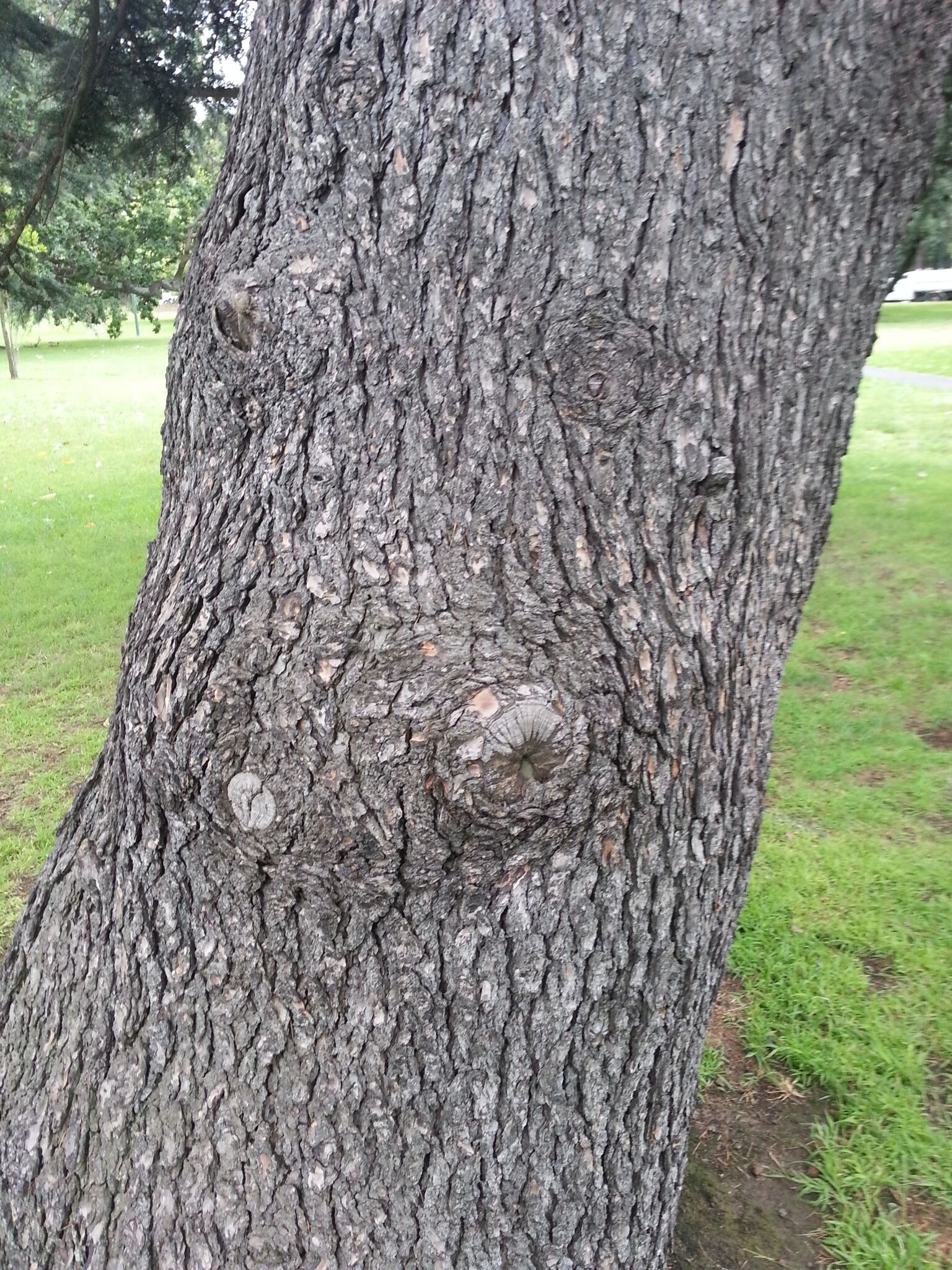
From ancient Greek name Kedros.Large evergreen trees.
Bark grey, smooth, becoming dark, scaly and furrowed with age. Leaves needle-like and mostly 3-angled in section, well spaced on long leading shoots and in dense whorls on short spur-like shoots. Male and female cones mostly on separate trees but occasionally together, maturing in autumn, Mar-Apr. Male cones solitary, cylindrical, erect. Female cones erect on branches, broadly ovoid to oblong, maturing and breaking up on the tree in the second or third year. Seeds 2 on each fan-shaped scale.
Some botanists recognise only two species in the genus with the Mediterranean C. brevifolia and C. atlantica being ranked as subspecies or varieties of C. libani.
4 species from the Mediterranean to the Atlas mountains and Himalaya.
Seed; cultivars by grafting.
A genus similar to Larix, larches, in having needles in dense clusters on short spurs, but the cones break up at maturity like those of Abies, firs.
Cedrus atlantica may sometimes assume the multiple-trunked habit and broad, tiered crown associated with C. libani (as at Werribee Park in Victoria). However, in most cultivated plants the hairless young shoots, much larger cones (males 4-5 cm, females mostly more than 9 cm) are sufficient to distinguish C. libani. The number of leaves per whorl is not a good differentiating character for specimens in south-eastern Australia.
Maheshwari & Biswas (1970), Meikle (1985).
Source: (1995). Pinaceae. In: . Horticultural Flora of South-eastern Australia. Volume 1, Ferns, conifers & their allies. The identification of garden and cultivated plants. University of New South Wales Press.
